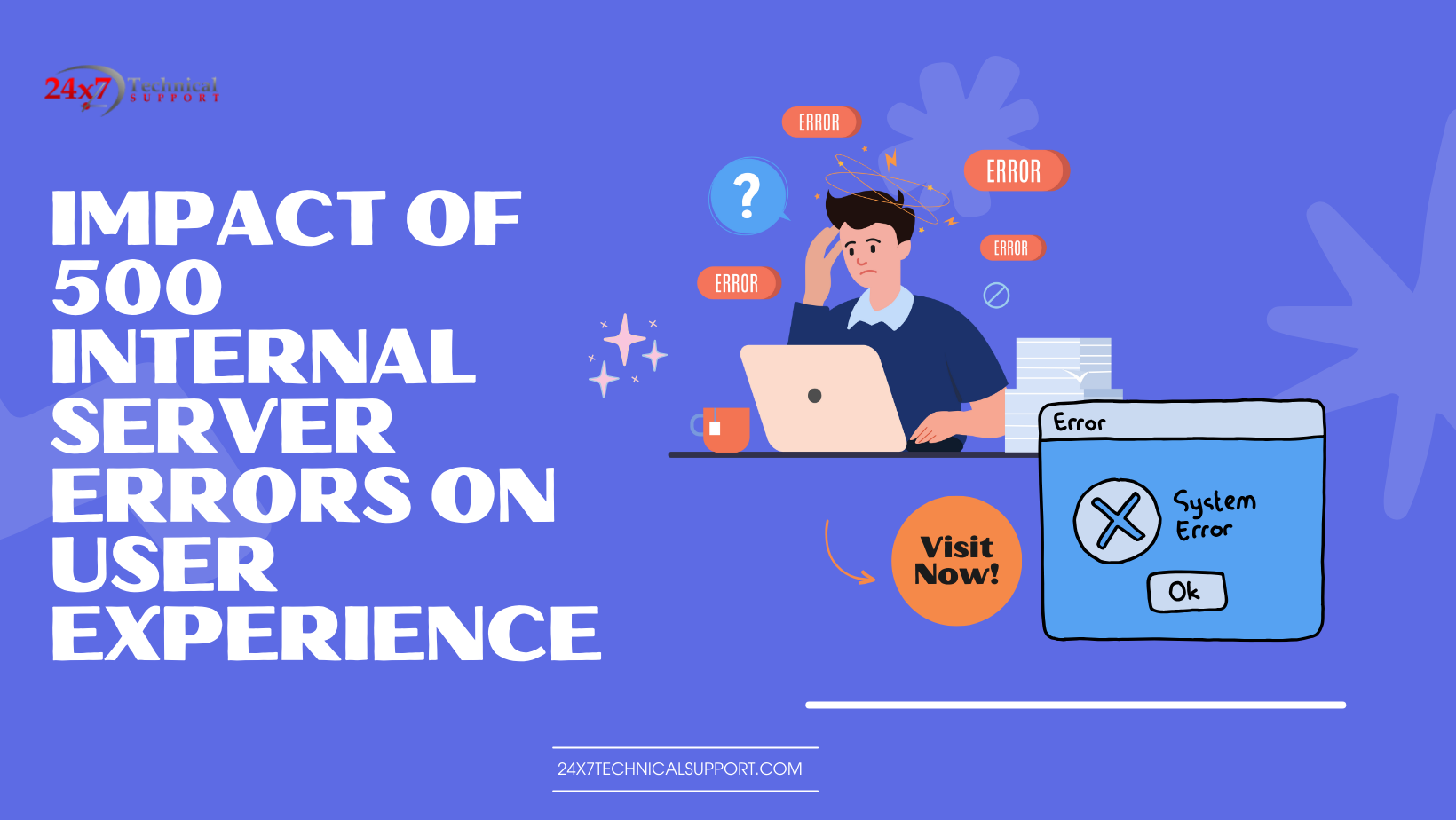
Introduction
In the digital age, where user experience reigns supreme, encountering a 500 Internal Server Error can be a frustrating and off-putting experience. These errors, while seemingly technical in nature, have a profound impact on how users perceive a website and can significantly affect a website’s performance and reputation. In this article, we will delve into the world of 500 Internal Server Errors, understanding what they are, their causes, and most importantly, how they affect user experience.
Understanding the 500 Internal Server Error
Before we explore the impact, let’s first grasp what a 500 Internal Server Error actually is. In essence, it’s an HTTP status code that indicates something has gone awry on the web server’s side, but it’s not specific about the exact issue. This lack of specificity is where the problem begins for users.
The Frustration Factor
Abrupt Interruption of User Experience
Imagine this scenario: You’re browsing a website, engrossed in an article, and suddenly, you’re greeted with the ominous message: “500 Internal Server Error.” It’s like hitting a brick wall while driving at full speed. The abrupt interruption can be frustrating and jarring, causing users to question the reliability of the website.
Lost Trust and Credibility
Consistency is key in the digital realm. When a website repeatedly displays these errors, it erodes user trust. Users may start to doubt the website’s competence, raising questions about the credibility of the content it hosts. This can be especially damaging for e-commerce sites or platforms offering critical information.
User Abandonment
High Bounce Rates
One of the most immediate consequences of encountering a 500 Internal Server Error is a spike in bounce rates. Users, faced with an error, are more likely to leave the site hastily, seeking a more dependable source of information or services. High bounce rates can harm a website’s SEO and ranking.
Negative Impact on SEO
Search engines like Google take into account user behavior when ranking websites. If a site consistently provides a poor user experience due to frequent 500 errors, it can plummet in search engine rankings. This not only affects visibility but also organic traffic and, subsequently, revenue.
The Technical Side
Root Causes
To truly comprehend the impact of these errors, we must also examine their root causes. These can range from misconfigured server settings to overburdened servers, coding errors, or even sudden spikes in traffic. Addressing these issues promptly is crucial to mitigating the impact on user experience.
Mitigation Strategies
Website administrators can employ several strategies to mitigate the impact of 500 Internal Server Errors. These include server monitoring, load balancing, and employing failover mechanisms. The goal is to ensure minimal disruption to users while swiftly resolving underlying issues.
Conclusion
In the digital landscape, where competition is fierce, user experience plays a pivotal role in the success of any website. 500 Internal Server Errors, though often viewed as a technical hiccup, have far-reaching consequences. From frustrating users and eroding trust to harming SEO and revenue, these errors demand immediate attention and resolution.
Visit our website for Dedicated Support.
FAQs
- What is a 500 Internal Server Error? A 500 Internal Server Error is an HTTP status code that indicates a problem on the web server’s side, often resulting in the unavailability of a webpage.
- How do 500 errors affect SEO? Frequent 500 errors can negatively impact SEO by leading to higher bounce rates, lower rankings, and reduced organic traffic.
- Can 500 errors be prevented? Yes, by addressing root causes like server issues, coding errors, and traffic spikes, website administrators can prevent or minimize 500 Internal Server Errors.
- Are 500 errors harmful to e-commerce websites? Absolutely. 500 errors can erode trust and credibility, leading to lost sales and revenue for e-commerce sites.
- What should users do when they encounter a 500 error? Users should simply refresh the page and, if the issue persists, report it to the website administrator.